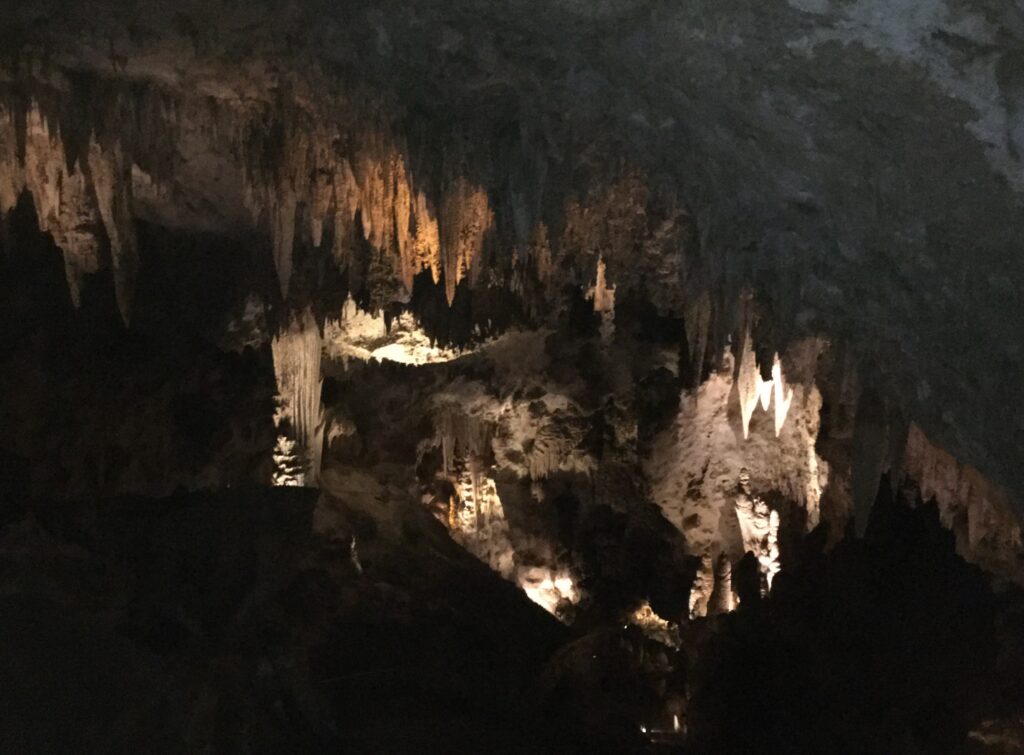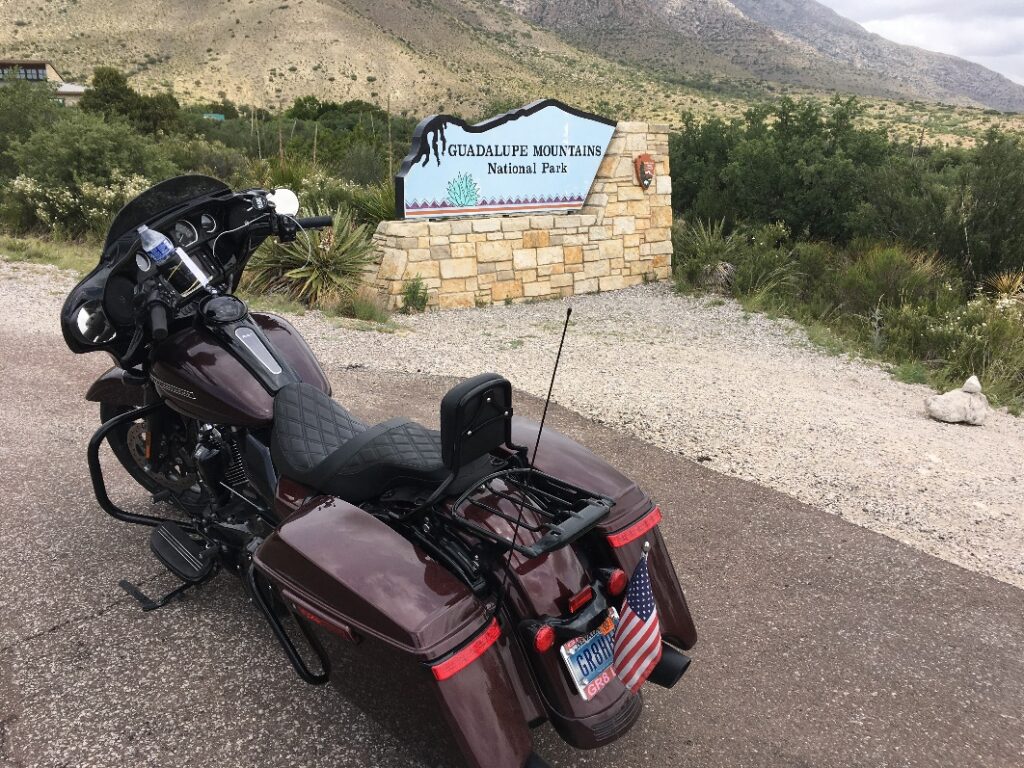On March 1, 1872, President Ulysses S. Grant signed the Yellowstone National Park Protection Act into law. The world’s first national park was born! *
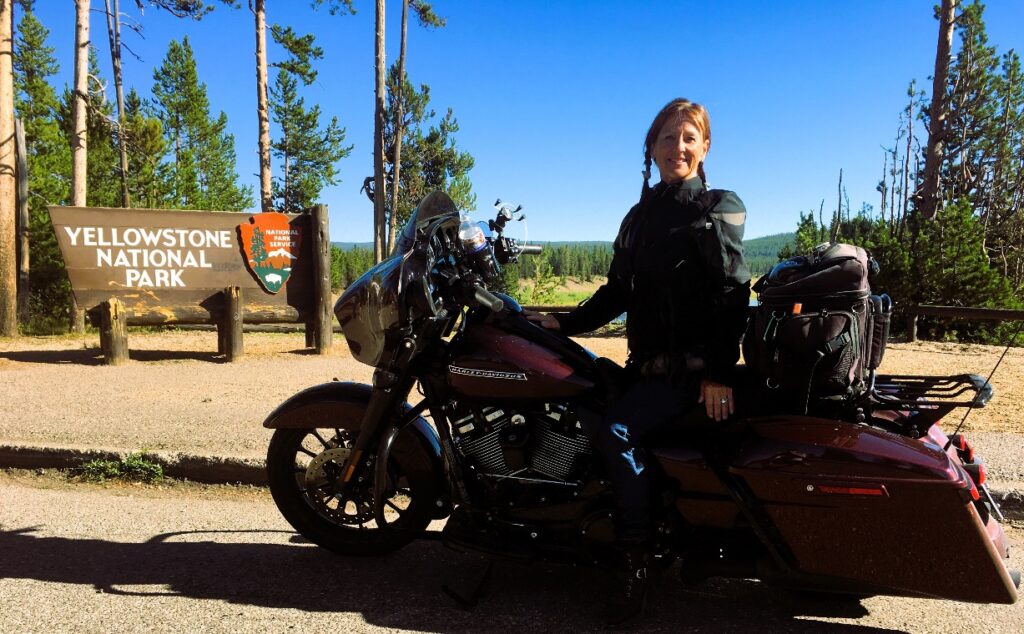
A visit to Old Faithful is usually on the bucket list of most people visiting Yellowstone. However, getting a good view of the geyser’s cone can be quite challenging due to the crowds. Typically, the park is most crowded from noon until 6 p.m. during the peak season when bus tours and visitors are expected to arrive and leave. During my visit, which was the top visitation season, the weather was perfect, not too hot, and not too cold, and no indication of torrential summertime rainstorms.
I got an early start and headed towards the park for a full day of sightseeing. The first stop was at the visitor center to gather intel at the Ranger Station. I was informed that there was a high number of visitors this weekend, and due to construction work around and on the way to Old Faithful, it was expected that I would have to wait at several different stops where the road was down to one lane for repairs. As I was on a motorcycle, the condition of the road and the status of construction projects were important factors in my level of enjoyment. Since I had previously seen Old Faithful in all its grandeur and walked along the boardwalk to observe the scalding Fumaroles (also known as steam vents), I was open to exploring other options in the park, and there are plenty of options available. For first-time visitors, I highly recommend making it to Old Faithful. It’s a must-see.
I chose to go to the Canyon area with the waterfalls, referred to as the Grand Canyon of Yellowstone. Starting from the Grant Visitor Center, I head to the West Thumb of Yellowstone National Park preserves the most extraordinary collection of hot springs, geysers, mud pots, and fumaroles on Earth. More than 10,000 hydrothermal features are found here, of which more than 500 are geysers.
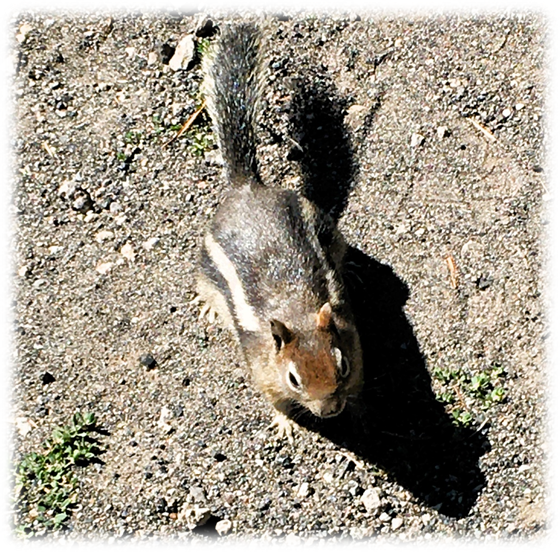
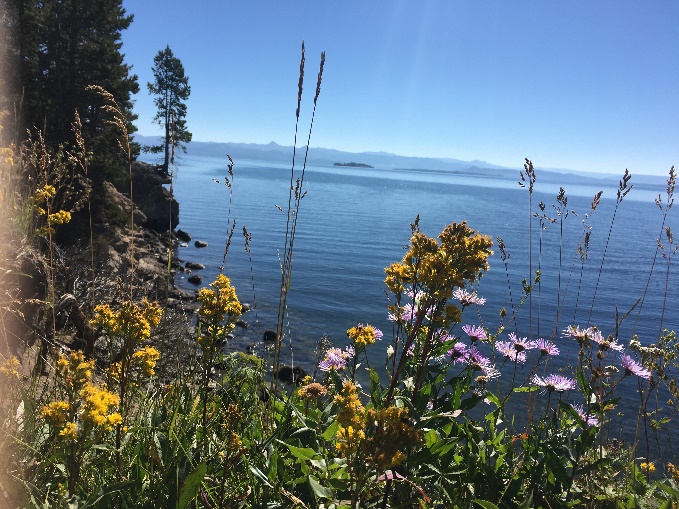
The journey began with a stop to appreciate the stunning view of Yellowstone Lake. There, I met a couple of National Park volunteers, exploring the park on their day off. Armed with their cameras, they hope to capture the perfect shot of the local wildlife and fauna. As we were chatting, an American Red Squirrel appeared, providing us with a delightful surprise.
Back on the bike heading North towards the Mud Volcanos and Sulphur Caldron. The Mud Volcano area has many mudpots and hillsides strewn with trees cooked by steam. The hydrothermal features here are some of the most acidic in the park. Mud Volcano is near the greatest uplift and sinking of the Yellowstone Caldera floor. Many faults converge here and earthquakes are common.
Dragon’s Mouth is a hot spring located near Mud Volcano on the boardwalk in Yellowstone National Park. When standing directly in front of the hot spring, it appears as if a magical dragon is inside the cave, spewing fire to scare you away. The site is quite fascinating and enchanting.
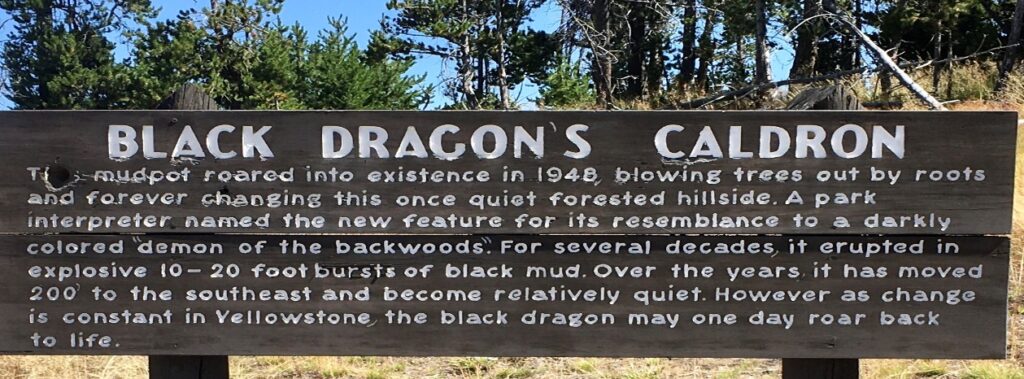
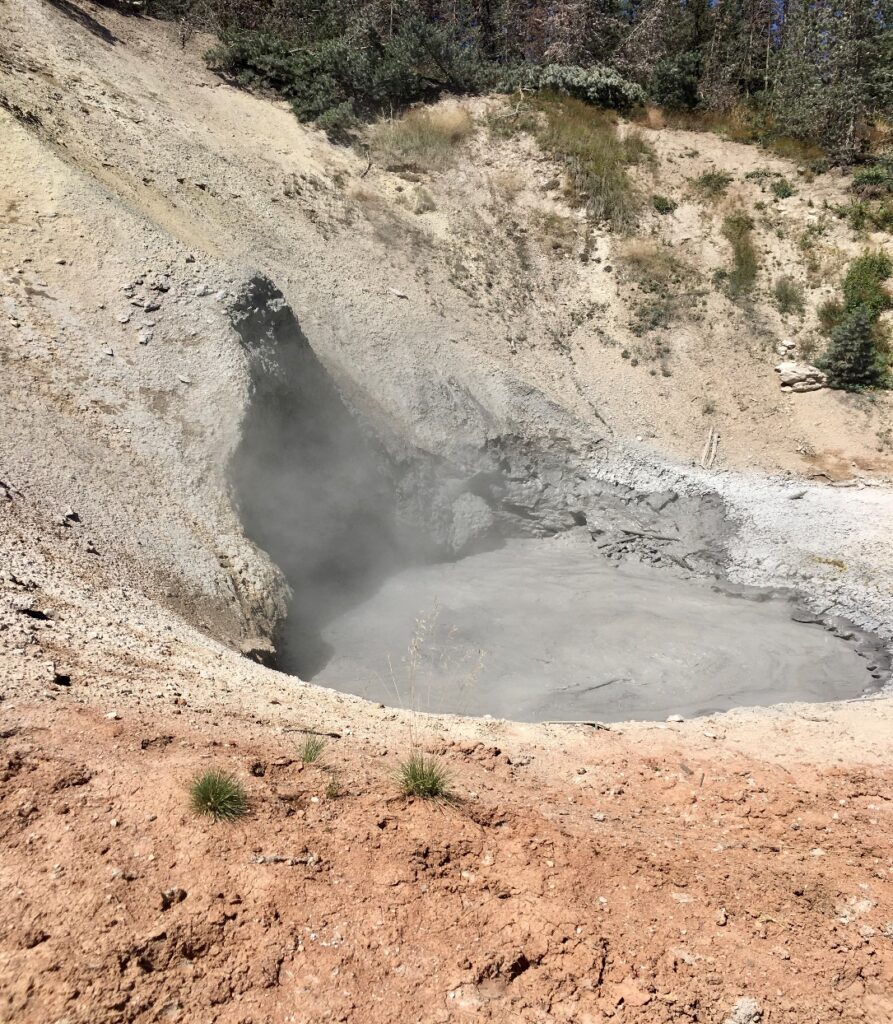
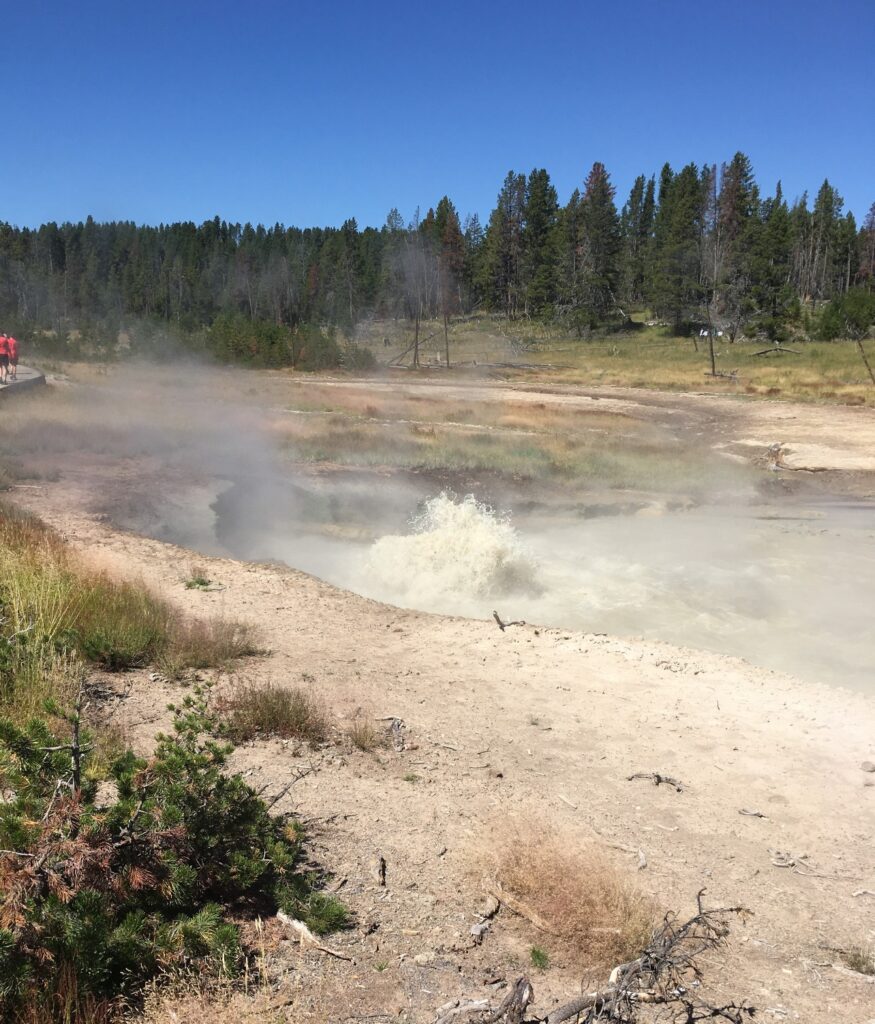
It is HOT, but not boiling. Gases rise through vents, then rumble and bubble to the surface causing the water to Roil Not Boil.
Helpful Definitions when visiting Yellowstone:
Geysers: Hot springs with constrictions in their plumbing, which causes them to periodically erupt to release the pressure that builds up.
Mudpots: Hot springs that are acidic enough to dissolve the surrounding rock, and typically also lack water in their systems.
Travertine terraces: Hot springs that rise through limestone, dissolve the calcium carbonate, and deposit the calcite that makes the travertine terraces. Hot springs: Pools of hydrothermally heated water.
Fumaroles: These hot features, also known as steam vents, lack water in their system, and instead constantly release hot steam.
The Falls at Yellowstone
Yellowstone’s geysers are known around the world, I was surprised to learn Yellowstone contains at least 45 named waterfalls and cascades, and hundreds more unnamed, even undiscovered waterfalls over 15 feet high. This was news to me despite having visited the park multiple times before. The ranger’s information sparked excitement within me, and I decided to venture to the Lower and Upper Falls.
The park’s waterfalls may be its most underrated attraction. This is good news for visitors who would like to view some of these impressive cascades in relative solitude.
Yellowstone Falls consists of two major waterfalls on the Yellowstone River. The most famous waterfall in Yellowstone National Park is the Lower Yellowstone River Falls with an impressive 308-foot drop. The Upper and Lower Yellowstone River Falls are popular tourist attractions in Yellowstone—for good reason.
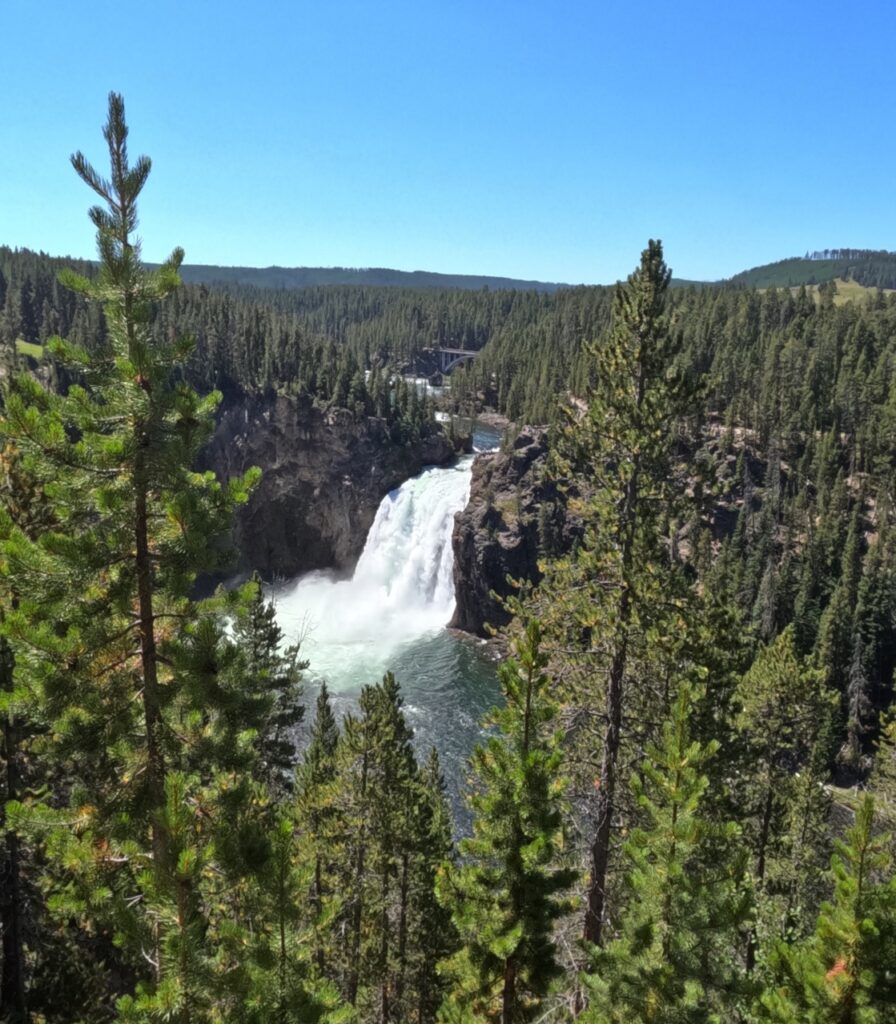
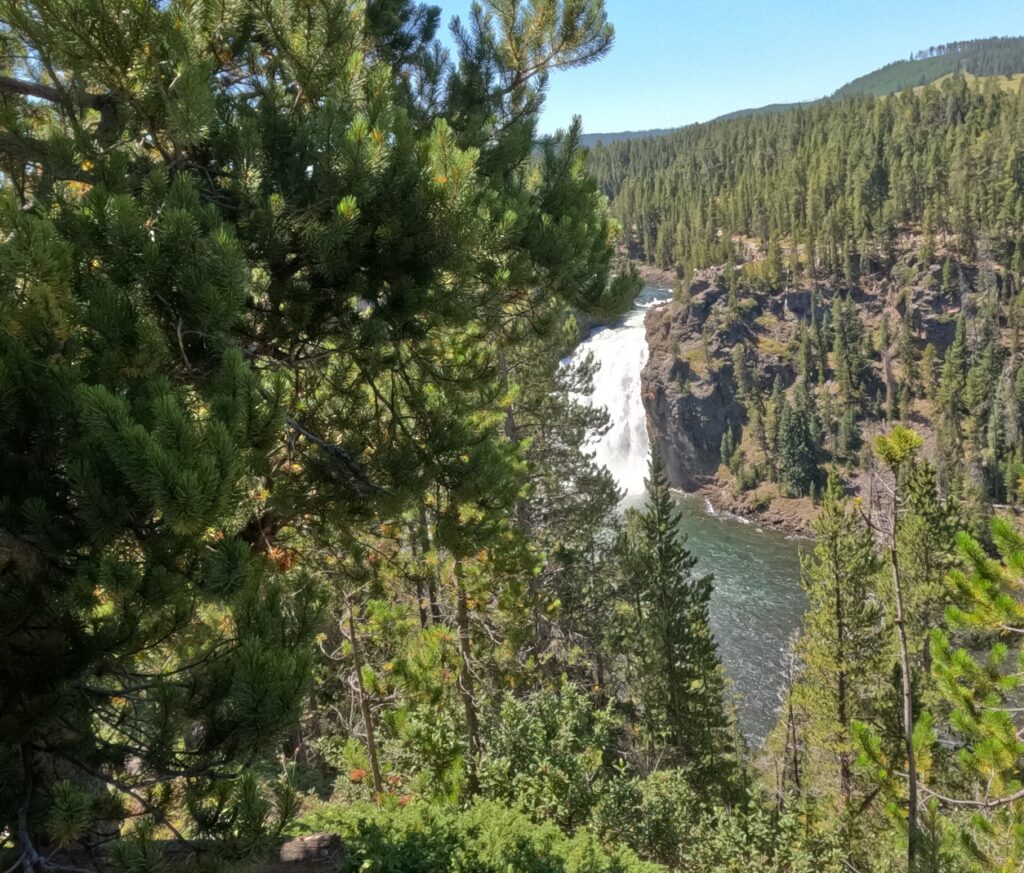
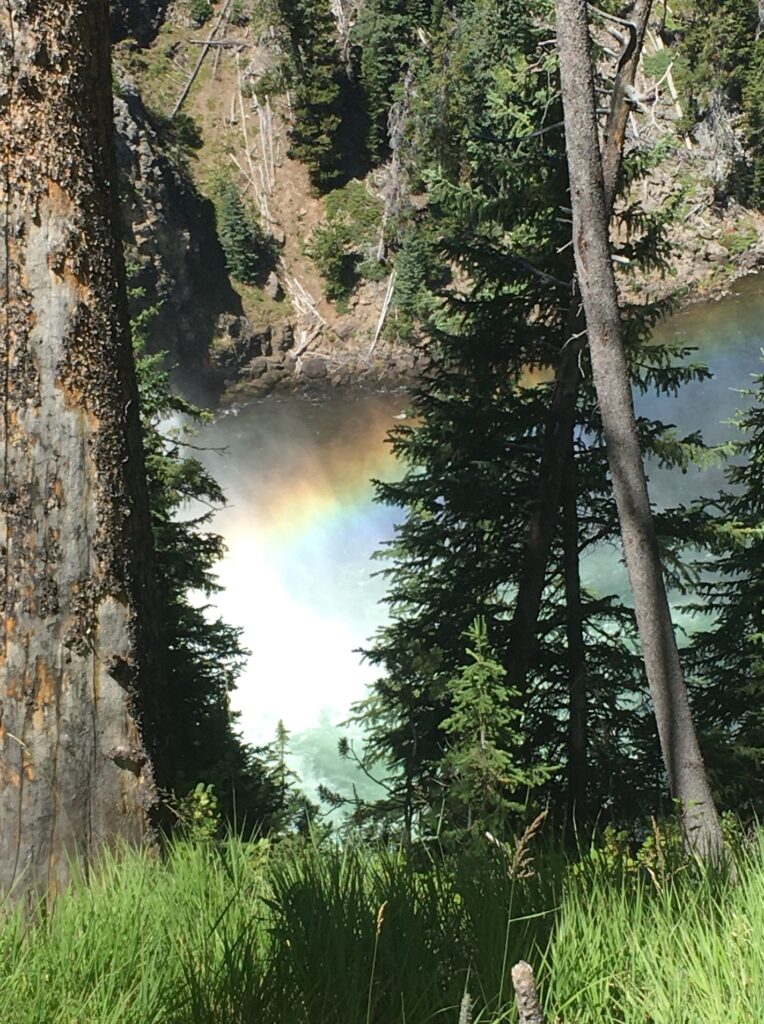
Fires at Yellowstone
At the Grant Village Visitor Center, I took in one of the movies showing in the theatre. Very interesting information about fires in the park and the benefits of fire.
Fire has played a significant role in shaping the Greater Yellowstone Ecosystem. Some native plant species have evolved adaptations so they can survive periodic fires and, in some cases, even thrive. Fire also influences ecosystem processes and patterns, such as nutrient cycling and the composition of plant communities. Unfortunately, most naturally occurring fires have been suppressed. As a result, the National Park Service is working to restore fire’s natural role in the parks whenever and wherever possible.
In Yellowstone, lightning may ignite dozens of forest fires during a single summer, but most of them go out naturally after burning less than half an acre. Others torch isolated or small groups of trees, become smoldering ground fires, and eventually go out on their own. On rare occasions, wind-driven fires have burned through large areas of forest, as in 1988, when multiple fires crossed more than one million acres in Yellowstone and on surrounding federal lands despite massive efforts to extinguish them. Without frequent small and occasional large fires to create a mosaic of plant communities in different growth stages, biodiversity declines, and leaf litter and deadfall accumulate much faster than they can return nutrients to the soil through decay.
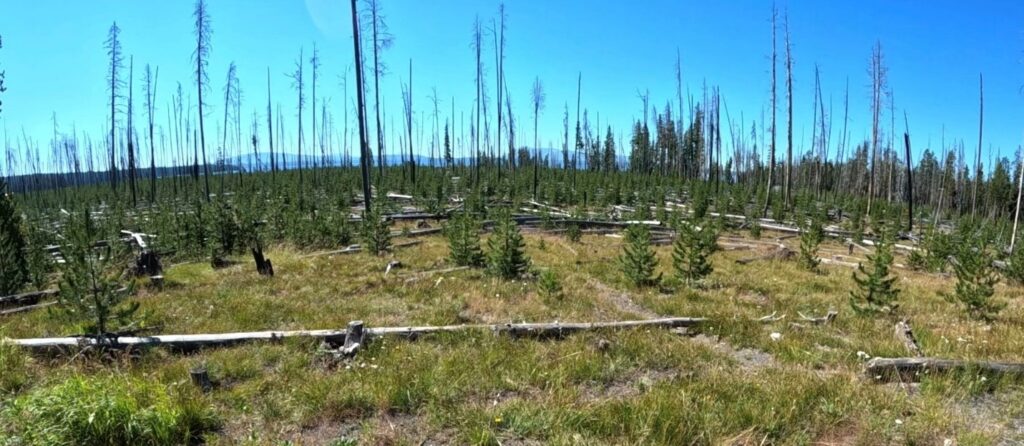
*For history and national park buffs, we’d be remiss if we didn’t mention, that some sources list Hot Springs National Park in Arkansas as the first national park. Hot Springs National Park was set aside in 1832, as a national reserve, making it the oldest national reservation

